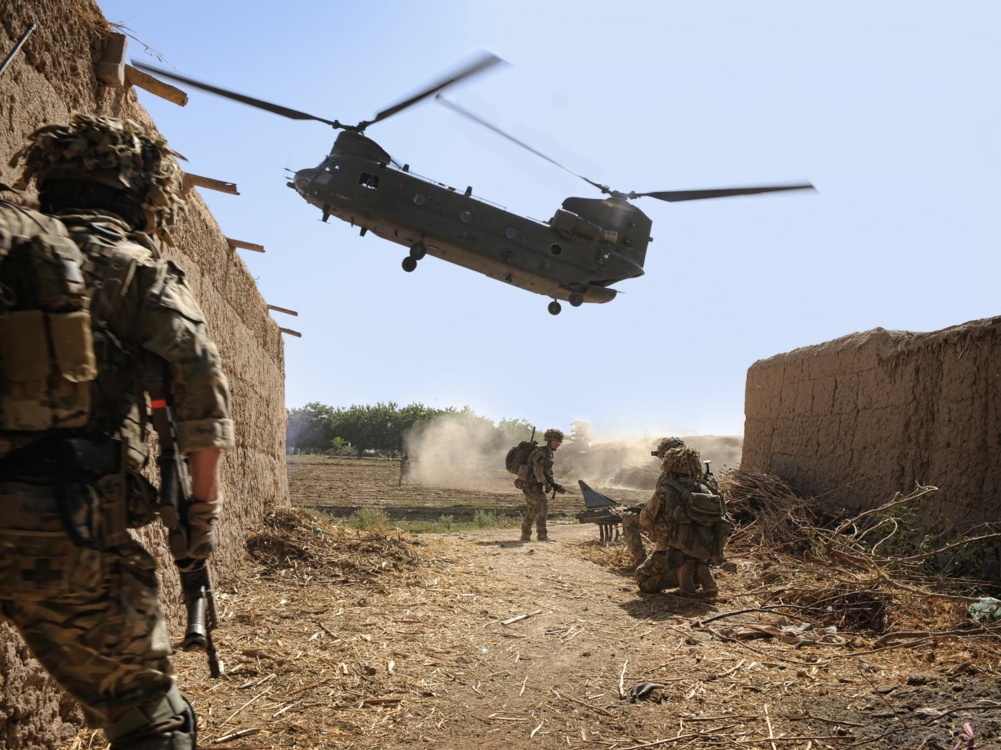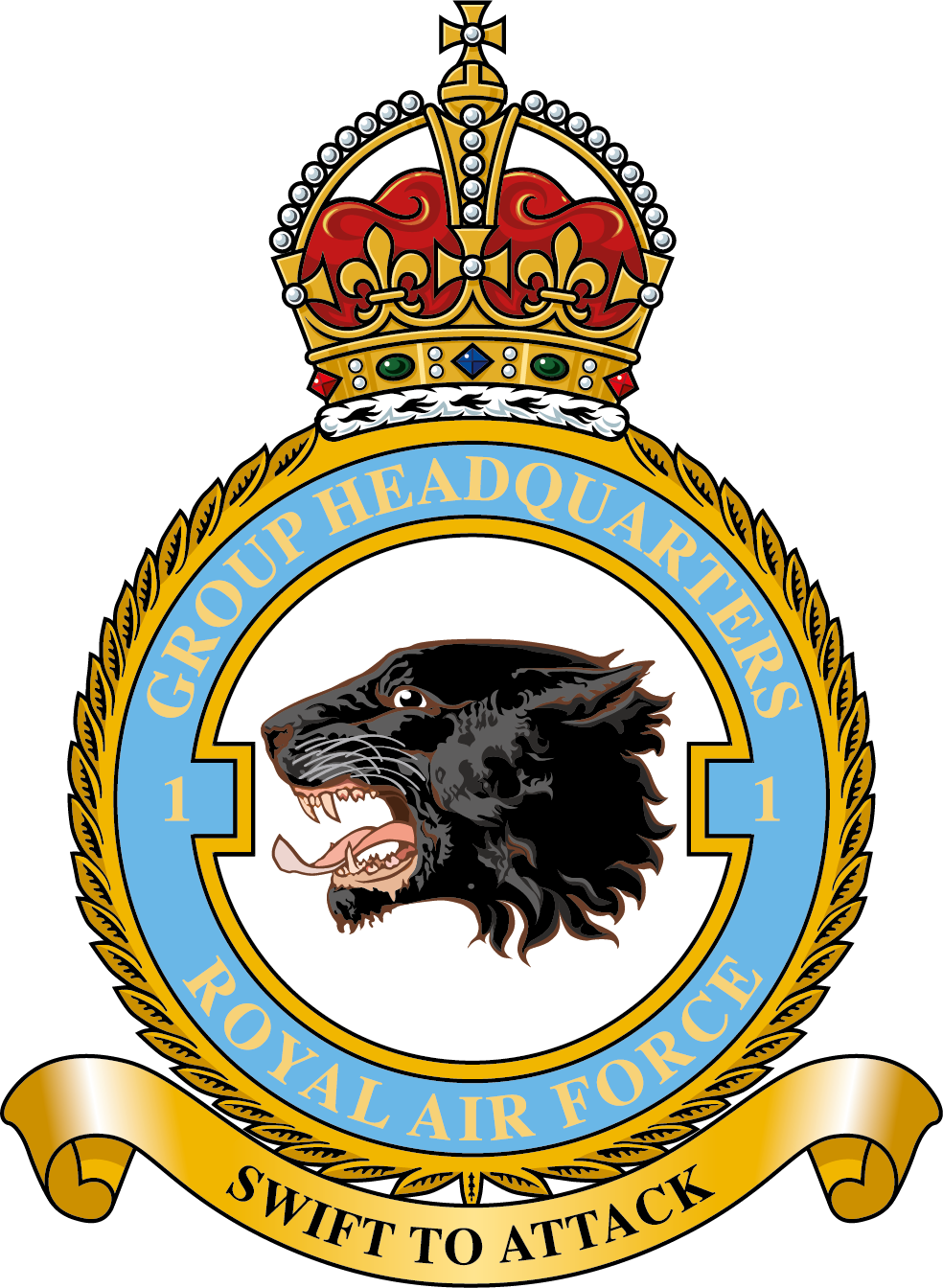
Air Chief Marshal Sir Richard Knighton KCB ADC FREng
Learn how the different elements of the RAF fit together to deliver air and space power for the UK.

Learn how the different elements of the RAF fit together to deliver air and space power for the UK.

33,840Regular & Reserve Personnel
63Roles
It all starts with our people. The RAF is a team of regular and reserve personnel, civilians, and our partners.
Most RAF personnel belong to a Squadron or Unit, and all have a rank such as Squadron Leader.
The RAF is a collaboration of many dedicated professions, including pilots, aviation engineers, RAF Police, air traffic controllers, and nurses.
There are three different rank structures in the RAF.
The RAF is a Whole Force team of:
Commissioned Officers fill the RAF’s equivalent to management and supervisory roles all the way up to Senior Leadership.
Non-Commissioned Aircrew fly in the aircraft with Commissioned Aircrew.
Airmen and Airwomen have the specialist skills for both technical and non-technical roles and make up the majority of RAF personnel. Non-Commissioned Officers also fill management and supervisory roles.

I have been fortunate to have had assignments in Germany, Northern Ireland, Cyprus and various UK Stations, and been involved with exercises/deployments in the Falkland Islands, Oman, Qatar, UAE & USA.

My career highlights with RAF Music Services include sounding the Last Post at the Great Escape 75 Commemorations in Poland.

A standout highlight has been a recent detachment to the Falklands, flying most days, the sights were incredible: seeing penguins, whales, dolphins and icebergs.

33UK RAF Stations
4Overseas RAF Stations
RAF stations (often called 'bases') are home to our Wings. We have stations around the UK and in Gibraltar, Cyprus, the Falkland Islands, and Ascension Islands to protect UK interests.
Not all stations are flying stations. For example, RAF Fylingdales in North Yorkshire is a ballistic missile early warning radar station.
We also share some stations with the Army and civilian authorities, such as RAF(U) Swanwick in Hampshire, which we share with the civilian National Air Traffic Services (NATS) organisation.
Stations also parent smaller RAF sites such as radar heads, relief airfields, and test ranges. Most RAF stations have a Commanding Officer who is responsible for the day-to-day running of their station.
Stations are usually part of a Group.

86Active Squadrons
32Units
RAF squadrons can fly aircraft or be ground based, carrying out many roles including combat, training, reconnaissance, and equipment testing.
The RAF Force Protection Force has RAF Police and RAF Regiment squadrons dedicated to protecting the RAF at home and abroad.
Squadrons are typically sub-divided into smaller Flights, each performing a specific role in that squadron, such as physical education.
Flying squadrons are usually commanded by a Wing Commander, while other squadrons are usually commanded by a Squadron Leader.
The RAF has many specialised units, for example the Joint Air Delivery Test and Evaluation Unit.
Some units comprise only a few people while others, like 90 Signals Unit, have many more personnel.
Squadrons and Units can be stood up or stood down as required. For example, the famous 617 Squadron 'Dambusters' stood back up in 2018 to fly the RAF's new Lightning aircraft.

A Wing is typically made up of about three squadrons and units and is based on RAF stations in the UK and overseas.
There are different types of RAF Wings, including Administrative, Training, Support, Operational, and Tactical.
Expeditionary Air Wings (EAWs) are an amalgamation of aircraft, crew, engineers, technicians and support staff deployed on operations around the globe to support a specific operation.
There are also Force Protection (FP) Wings made up of RAF Regiment and RAF Police squadrons. They protect personnel, aircraft and stations.
Wings are usually commanded by a Wing Commander and several wings form a Group.


No 1 Group's crest
We are organised into large groups which cover frontline operations, logistics, and training. There are currently four RAF groups.
We also form Expeditionary Air Groups (EAGs) to deliver operations overseas.
Each group is commanded by an Air Vice-Marshal or Air Commodore.

The RAF is run by a team of senior commanders, responsible for our people, equipment, and infrastructure.
The RAF's senior commanders are led by the Chief of the Air Staff.

Air Chief Marshal Sir Richard Knighton KCB ADC FREng
The Chief of the Air Staff is accountable to the Secretary of State for Defence for the RAF's fighting effectiveness, efficiency and morale.
He reports to the Chief of the Defence Staff, who sits on the Defence Board. The Defence Board is the highest committee in the Ministry of Defence (MOD).